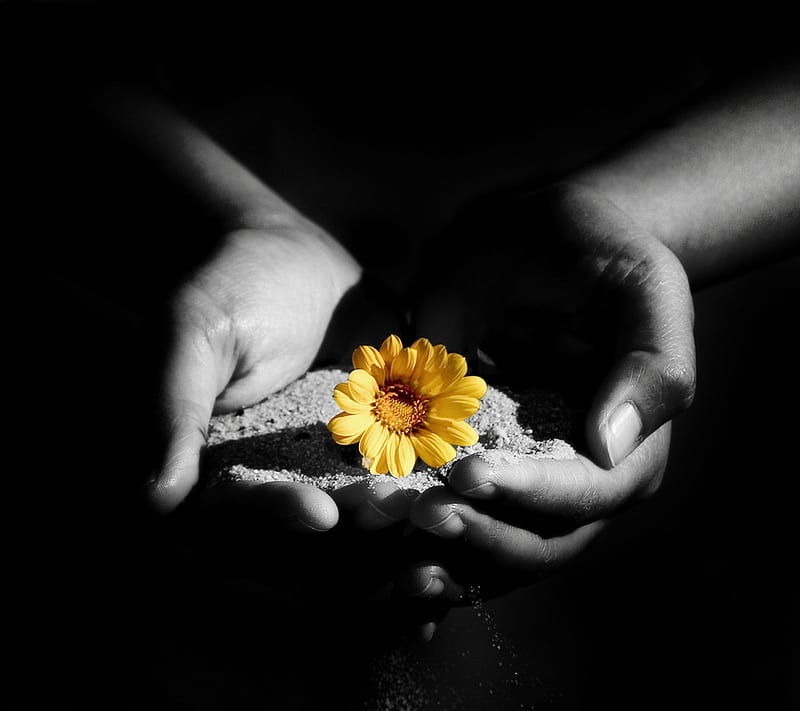“The wound is the place where the Light enters you.” – Rumi
Ever had the sense that some patterns in your life just keep repeating? Maybe it’s the same kind of toxic relationship patterns, the same emotional triggers, or maybe some underlying restlessness that never quite goes away. The truth is, many of us have wounds we don’t even know exists—until life pushes us to the point where we are forced to confront them. And that’s where healing begins.
Spiritual Awakening Isn’t Always Peaceful
Spiritual awakening is not, as popularly believed, enlightenment, inner peace, and meditation. Most times, it begins with a shake-up—suffering, childhood traumas, or severe emotional pain. Why? Because growth demands us to unlearn before we begin to evolve.
This is where spirituality and psychology meet. Psychologically, they are typically the product of previous trauma, attachment issues, or harmful concepts we learned along the way. Spiritually, they are obstacles our soul needs to go through in order to progress to a higher plane of consciousness.
1. Finding your Inner Wound
Healing begins with awareness. Often, our emotional wounds show up as triggers—those moments when something small triggers an oversized emotional reaction.
Signs of Inner Wounds:
- Recurrent toxic relationship patterns
- Fear of rejection or abandonment
- People-pleasing
- Self-worth or imposter syndrome
- Feeling disconnected or lost

The Spiritual Perspective:
Our triggers are not our enemies, rather our greatest teachers. They reveal what still needs to be healed. Instead of suppressing emotions, we must sit with them, look them in the eye, and understand their origins.
2. The Shadow Work: Confronting What We’ve Buried
Carl Jung described the term shadow self as the parts of us that we suppress or deny. Spiritual growth isn’t about bypassing negativity; it’s also about exposing ad being in tune with the shadow.
How to Begin Shadow Work:
- Self-Reflection: Ask, Where is this fear coming from? Why do I react like this?
- Journaling: Write freely about emotional experiences without judgment yourself.
- Inner Child Healing: Reconnect with your younger self to heal old wounds.
- Mirror Work: Gaze into your own eyes and declare self-love and healing. Don’t forget to forgive yourself.
As uncomfortable as it is, facing the shadow is what liberates us. Every healed wound makes us self-aware and emotionally resilient.

3. Rewiring the Mind: The Psychology of Healing
The brain has a fascinating ability to rewire itself—this is called neuroplasticity. When we keep altering our behaviors and thoughts, we build new neural pathways, replacing older patterns with healthier ones
Steps to Rewire Your Mindset:
- Mindfulness Exercises: Being in the moment interrupts negative thought patterns.
- Affirmations: Replace limiting beliefs with positive affirmations and self-talk.
- Reparenting: Speak to yourself with the kindness you needed as a child and start falling in love with yourself.
- Somatic Healing: Move the body to release stored trauma (yoga, breathwork, movement therapy).
This is were psychology and spirituality converge—healing at both the conscious and subconscious levels.
4. Surrendering & Letting Go
One of the most difficult parts of healing is to surrender—accepting what was, forgiving what hurt us, and making space for the future.
What Letting Go Looks Like:
- Recognizing that closure isn’t always necessarily external.
- Choosing peace over reliving old pain.
- Trusting that every wound teaches a lesson.
- Embracing the now.
Spiritual awakening isn’t about becoming someone new—it’s about returning to who we were before the world told us who to be.
And So… The Journey Continues
Healing is not endgame; it is a process. By releasing old wounds, we create room for a lighter, freer, and more genuine us.
So the next time you’re feeling uncomfortable, don’t flee from it—lean into it. Your healing is taking place, and with each step, you’re one step closer to the most authentic version of you.